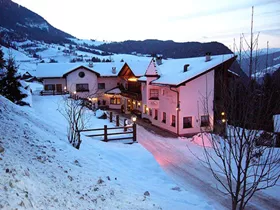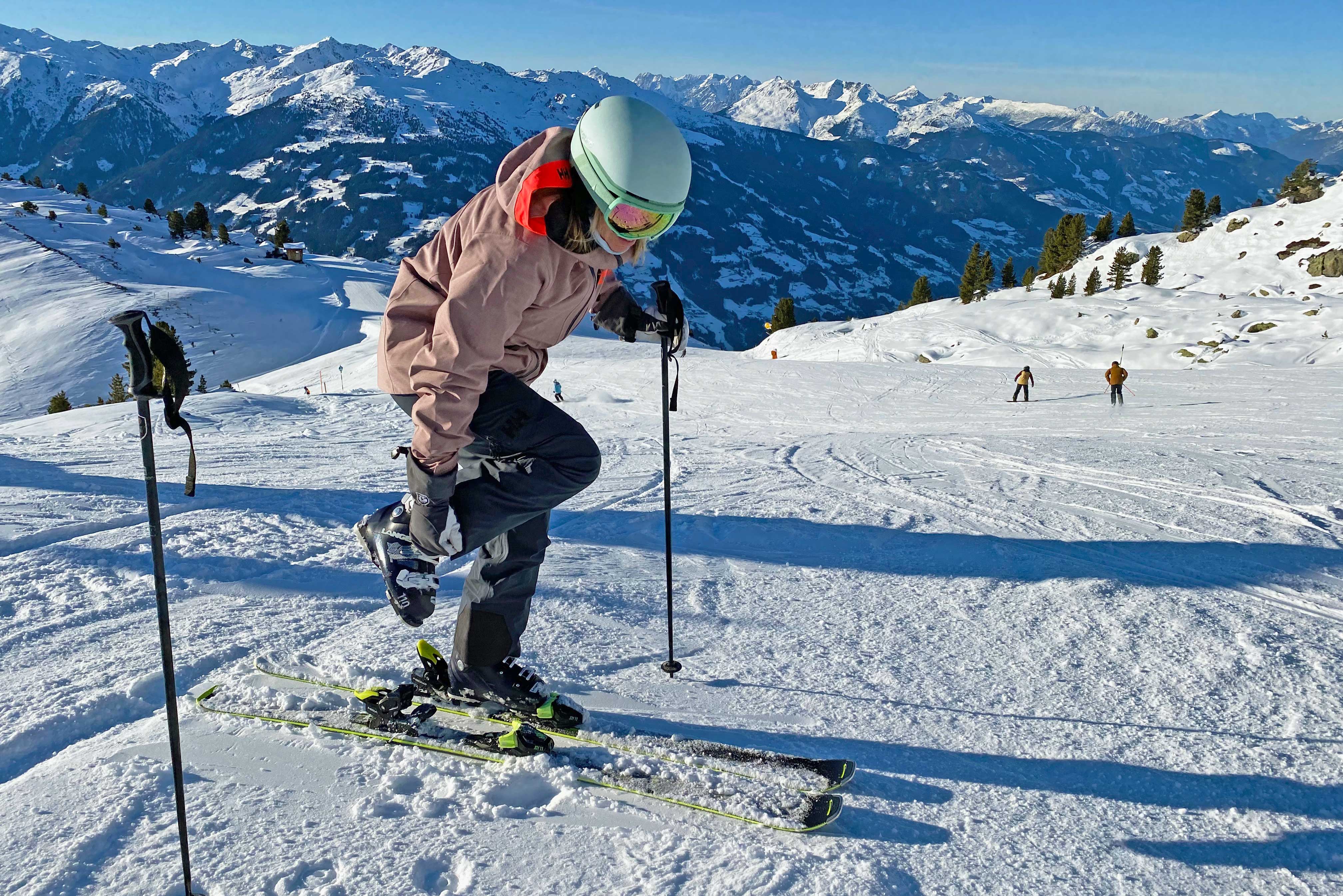

There are many things to consider when buying a new pair of ski goggles, from the different types of lenses to the way they fit your helmet. In this article we'll break down some of the most important considerations.
Ski goggles: the nuts and bolts
We all just assume that getting a new pair of goggles is a good way to show off our winter sports outfit in its best light, but did you ever stop to think about the real point behind wearing goggles while skiing? The main reasons are twofold. First, in bright weather - and even in cloudy weather - goggles help protect your eyes against UV rays, which are even more harmful at altitude and with the added reflection off the snow. And second, in poor weather, goggles can help shield your eyes and the surrounding parts of your face from the wind, snow and cold. In both instances they're much more effective than sunglasses, so they're a worthwhile investment.

Fitting your ski goggles
Since you'll be wearing your goggles all day long, it's important to find a pair that's comfortable and doesn't irritate your skin. The goggles should fit snugly to your face and helmet, leaving no gaps for the wind to penetrate. They shouldn't be too loose or too tight, and they should have big enough vents to reduce fogging.
Choosing the right lens
Believe it or not, the reason lenses come in cool colours is not so you can take better selfies! Goggle lenses are designed to perform optimally in certain types of weather, so when choosing your lenses, think about the conditions you normally ski in. If you tend to get cloudy skies during your ski holiday, opt for a lighter-coloured lens. If you're more of a spring skier, choose a darker lens. If you ski in all types of weather, you might want to splurge on goggles with interchangeable lenses or a fancy photochromatic lens that adapts to the changing light. Other features include double-lensed goggles or goggles with anti-fog coating, polarized lenses that reduce glare, lenses that are strategically coloured to increase contrast in flat light, and spherical lenses are more breathable and resistant to glare. Whatever you end up choosing, make sure it offers 100% UV protection.
Lens colours
Ski goggle lenses are often assigned one of the following categories. The percentage refers to the amount of light that is filtered out.
- Category 0: 0%, no protection
- Category 1: >28%, best for clouds and mist
- Category 2: >45%, best for light clouds
- Category 3: >75%, suitable for sunny weather
- Category 4: >94%, suitable for strong sun

Goggles for people with prescription glasses
If you wear glasses, your choice of ski goggles will be more limited. The good news is that some manufacturers do make goggles that can fit your glasses underneath. Another option is to wear contact lenses under your goggles. When looking for goggles that can fit your glasses, look for the 'OTG' designation, short for "over the glasses."














